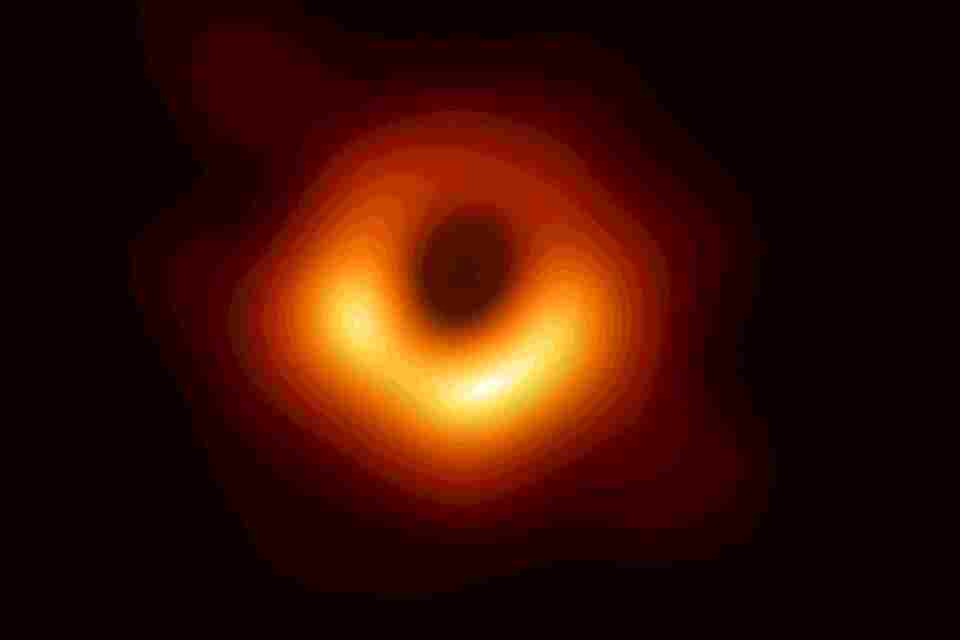Technology
Nasa reveals creepy simulation of horrifying ‘point of no return’ at black hole edge

NASA has posted a high-resolution simulation of the brink of a black hole.
The video was posted in recognition of Nasa’s educational initiative, #BlackHoleWeek.
The first black hole to be photographed is 50million lightyears away in a galaxy called Messier 87
Black holes are space phenomena with a gravitational pull so intense that light cannot escape them.
The first photo of a black hole was captured in 2019 through an international collaboration of scientists – before then, black holes had existed as an unproven but widely believed theory.
National Geographic quoted a project director saying “We are delighted to be able to report to you today that we have seen what we thought was unseeable,” as the photo evidence of a black hole circulated.
The mesmerizing simulation video posted by Nasa originally ran six months after the original photo became widespread.
Read More in Nasa
The video provides a glimpse into what it would be like to approach a black hole from its side.
It models what it would be like to witness a black hole from near the “event horizon” – the demarcating line where not even light can escape the pull of the black hole.
The post‘s caption writes that from the angle of the simulation, “inbound matter has collected into a thin, hot structure called an accretion disk.”
The dark center that the accretion disk gyrates around in the simulation is the black hole’s shadow – what Nasa dubbed the “point of no return” in the post’s caption.
Most read in Tech
While black holes are peppered throughout the universe, they do not pose a threat to life on Earth at the moment.
Sagittarius A*, the black hole at the center of our Milky Way galaxy, has devoured most or all of the matter around it.
Consequently, there is little matter left for the hole to consume, create growth and extend its event horizon further out.
“There is no danger of the Earth (located 26,000 light-years away from the Milky Way’s black hole) being pulled in,” an expert told The Independent.
Read More on The US Sun
Black holes form when stars run out of the gaseous fuels, like hydrogen, that power them.
The Sun in our Solar System is not large enough to turn into a black hole – and if a black hole the size of the Sun were to take the Sun’s place, Earth would be on the livable side of the event horizon.
We pay for your stories!
Do you have a story for The US Sun team?
Email us at exclusive@the-sun.com or call 212 416 4552.
Like us on Facebook at www.facebook.com/TheSunUS and follow us from our main Twitter account at @TheSunUS

